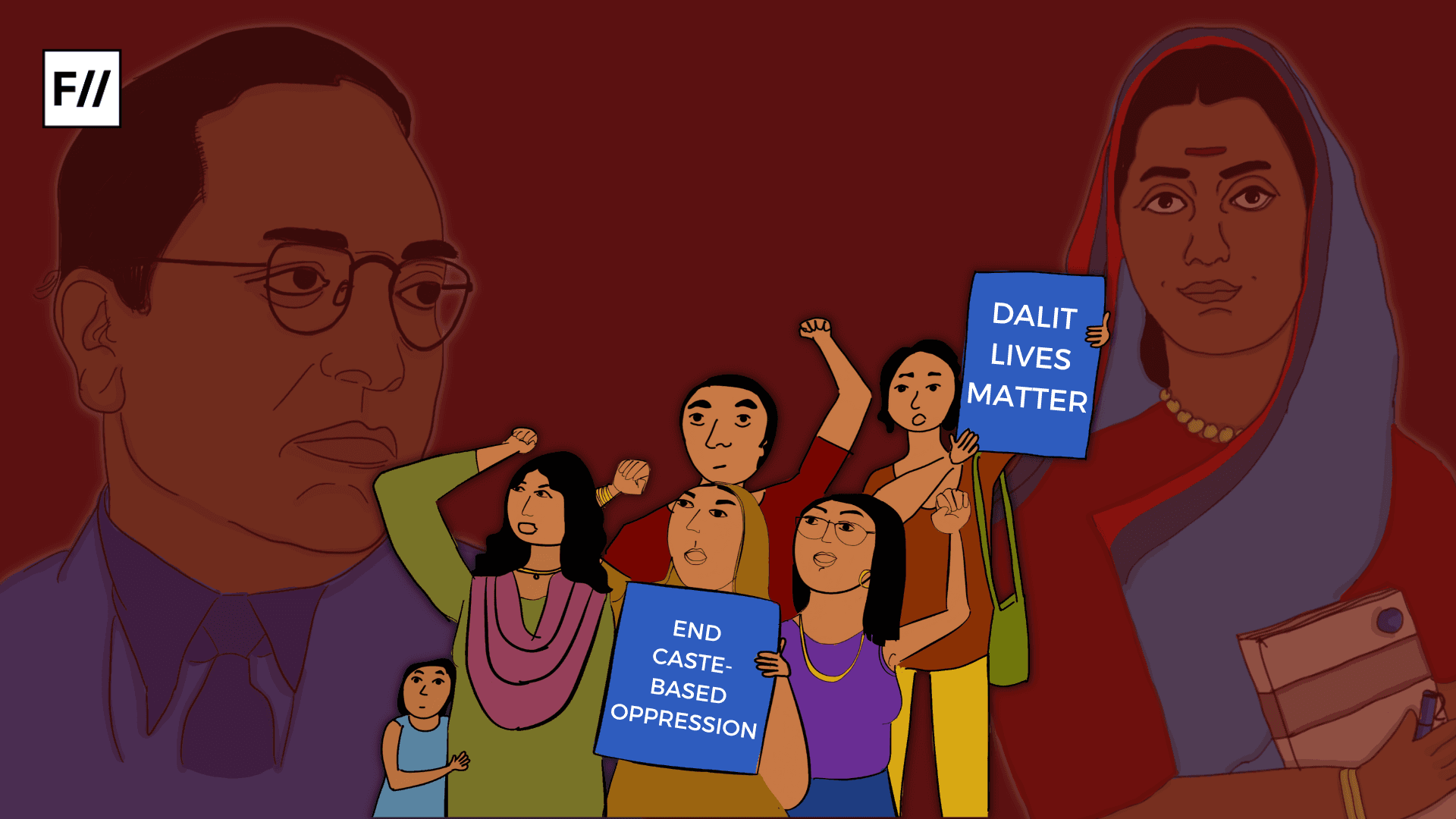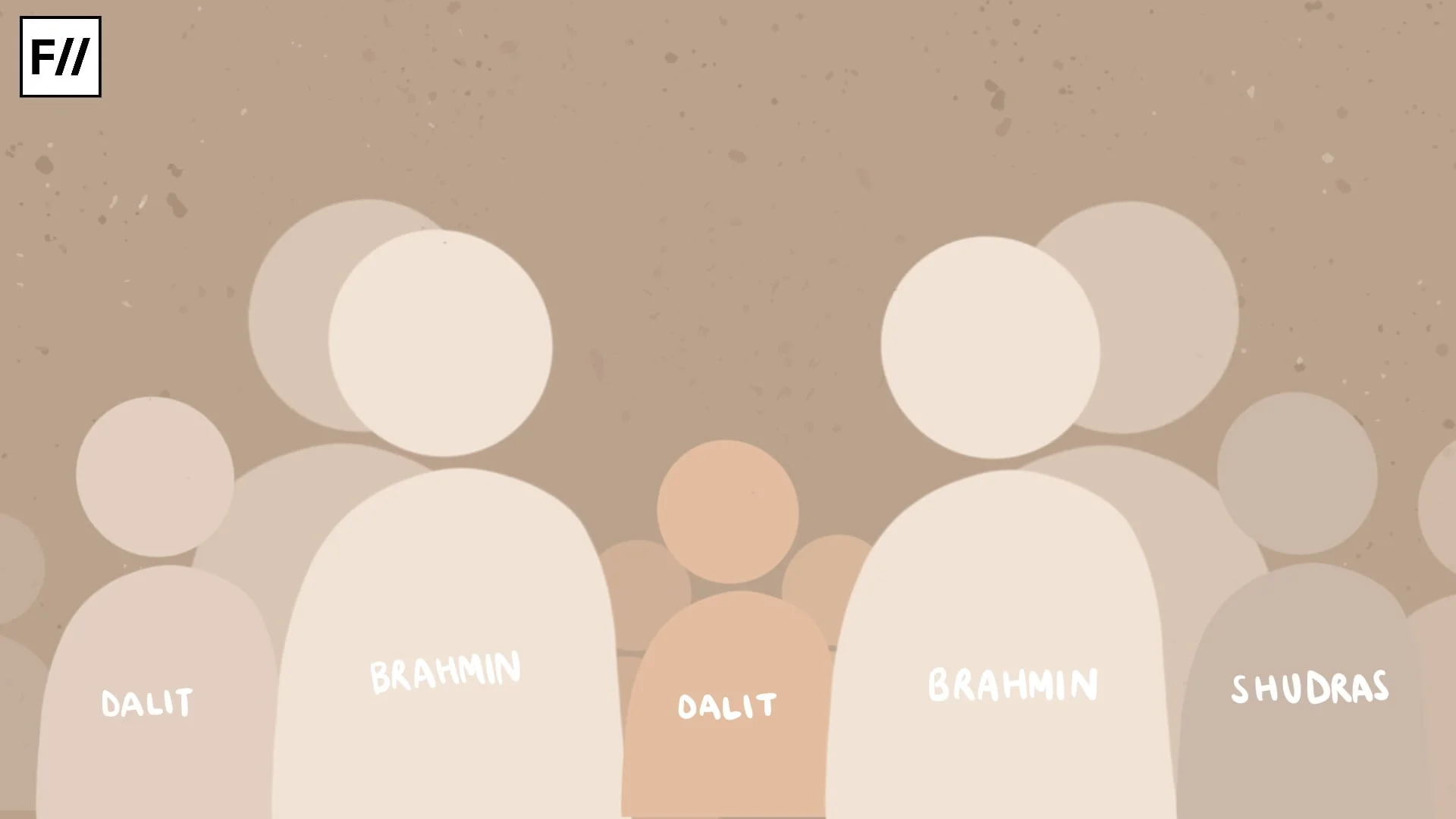The BJP-led central government has announced that the country is going to have a caste-based census in the forthcoming population count. In a surprise move on April 30, 2025, Union Cabinet Minister Ashwini Vaishnaw released a statement announcing that the caste enumeration will be included in the census. This sudden change of heart on the matter of caste counting in the census is no less a political somersault by the current BJP government. For years, the BJP and RSS with their Hindutva ideology have tried to make a bulwark of aggressive ‘Hindu supremacy’, acting against the ‘common enemy in the form of Islam and Christianity‘. This caricature of homogeneity suppressed recognition for caste identities or any form of diversity, as that would cause the consolidated ‘Hindu vote’ to melt in thin air.
However, the shifting political realities and the debacle of the 2024 elections, not to mention the defeat in its fortress of Ayodhya at the hands of a Dalit candidate, Awadesh Pasi, made BJP nervous as its hopes to ride on the Ram Temple zeal and cash in on the Hindu-ness crashed in the last general election. Caste demolished its 400 Chaar Sau Paar ambitions and exposed the cracks in the political Hindu umbrella. The party was forced to acknowledge caste for political survival with the amended strategy of appropriating caste and portraying itself as the defender of backward castes.
Caste census: BJP and its caste dilemma
The out-of-the-blue move of the Modi Cabinet turned things on their head for both its advocates and critics. Right-wing social media figure Anuradha Tiwari runs online campaigns against the pursuit of social justice policies by state governments, including those run by the Bhartiya Janata Party. She spoke to Scroll.in that she had never imagined the BJP, a party with its history of an anti-reservation stance, would celebrate and officially bring the idea of a caste census.
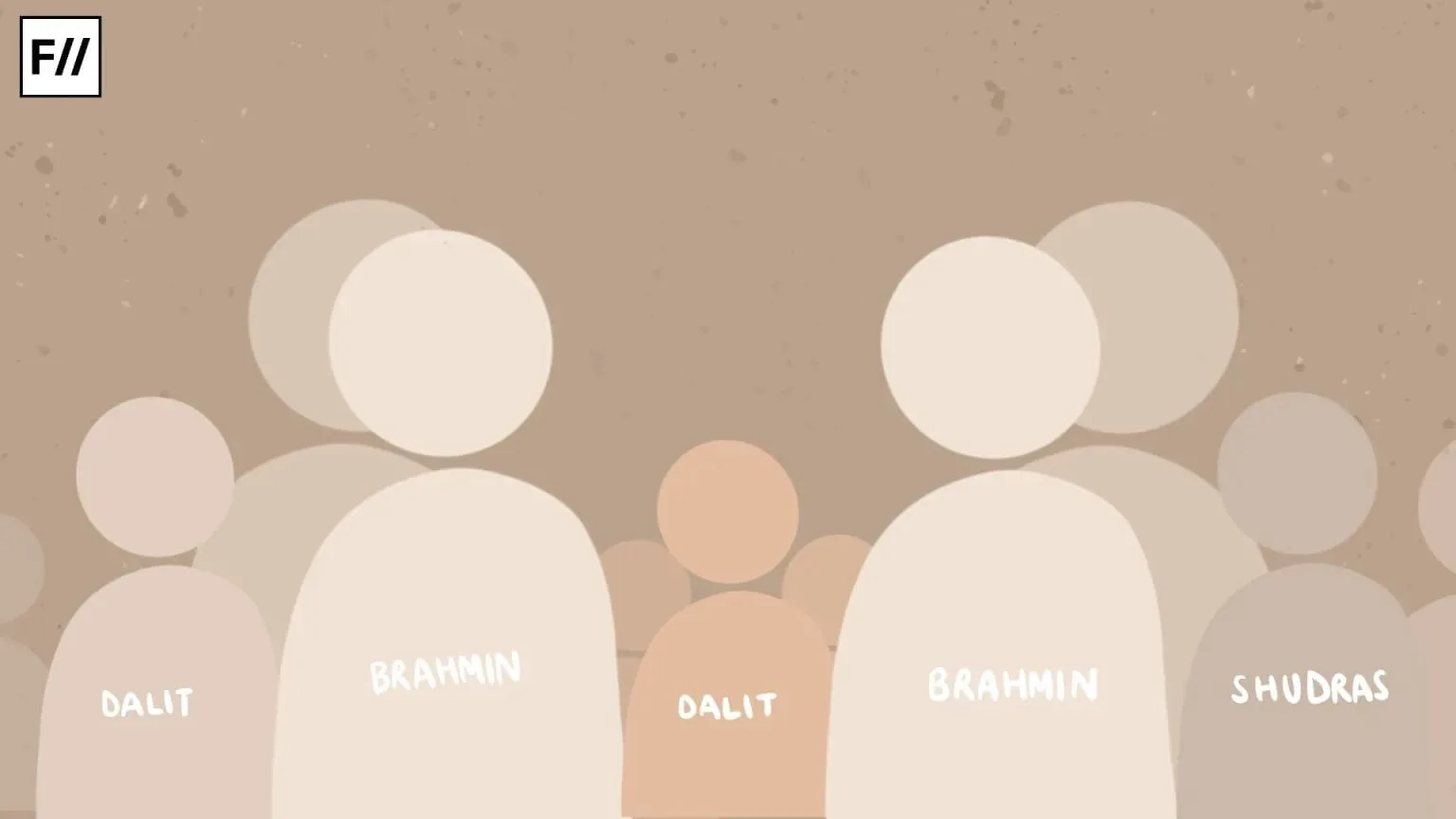
‘Savarnas have been their loyal vote bank,’ she says, highlighting the fact that the upper castes such as Brahmins, Baniyas, Rajputs since the Ram Mandir movement of the 1990s, have overwhelmingly voted for the BJP. ‘If they are going to increase reservations, this is definitely a betrayal. I won’t vote for them, for sure.‘
BJP has historically been against a caste census as it upset its agenda of solidifying Hindus in one monolithic vote bank.The Hindu Right, since its inception, have played the rhetoric that caste is a thing of the past, that Hindus must unite, that caste divides and weakens the Hindu vote. But now, suddenly, the BJP government is favouring the caste census, and resolving to end backwardness and bring social justice.
The question is, why now? Is it really about justice, or is it just another political manoeuvre to stay in power? Denouncing the opposition demand for a caste census, Prime Minister Narendra Modi in 2023 had said on the floor of Lok Sabha that the four biggest caste categories for him were ‘women, youth, farmers, and the poor‘. He now seems to have conceded to this demand as his old stance might cause him electoral damage.
With the Bihar elections coming close, the BJP is desperate to regain the support of non-Yadav OBCs and other backward groups, even if it means swallowing its own rhetoric. Interestingly, the move might prove to be a tightrope for the BJP, as the caste data will inevitably empower new groups to demand more representation, and a share in government jobs and educational seats – demands that could unsettle the BJP’s upper-caste vote bank.
The 2024 election results created cracks in the BJP’s coalition of non-dominant OBCs and Dalits, especially in the Hindi heartland.
The 2024 election results created cracks in the BJP’s coalition of non-dominant OBCs and Dalits, especially in the Hindi heartland. The anxiety of these groups over threats to the Samvidhaan (the Constitution) led to the opposition and its leader, Rahul Gandhi, banking on the demand for a caste census and make the rallying cry of saving the constitution and its provisions for backward people.
The importance of a caste census in India
The caste data collection will improve the understanding of social inequalities with its broad, caste-themed information along with other socio-economic disparities. Hence the exercise can be vital in enhancing the ability of various governmental and social initiatives in redressing and eliminating these disparities with improved understanding of ground reality.
Deepanshu Mohan writes for Frontline that ‘the availability of data on education, employment, income, and healthcare access, across the caste spectrum will bring the unequal distribution of resources into light‘ and open up ways for demands and redressal mechanisms for equal opportunities for underprivileged caste groups. Information on these crucial parameters can help in targeting areas where backward caste groups have been denied access.
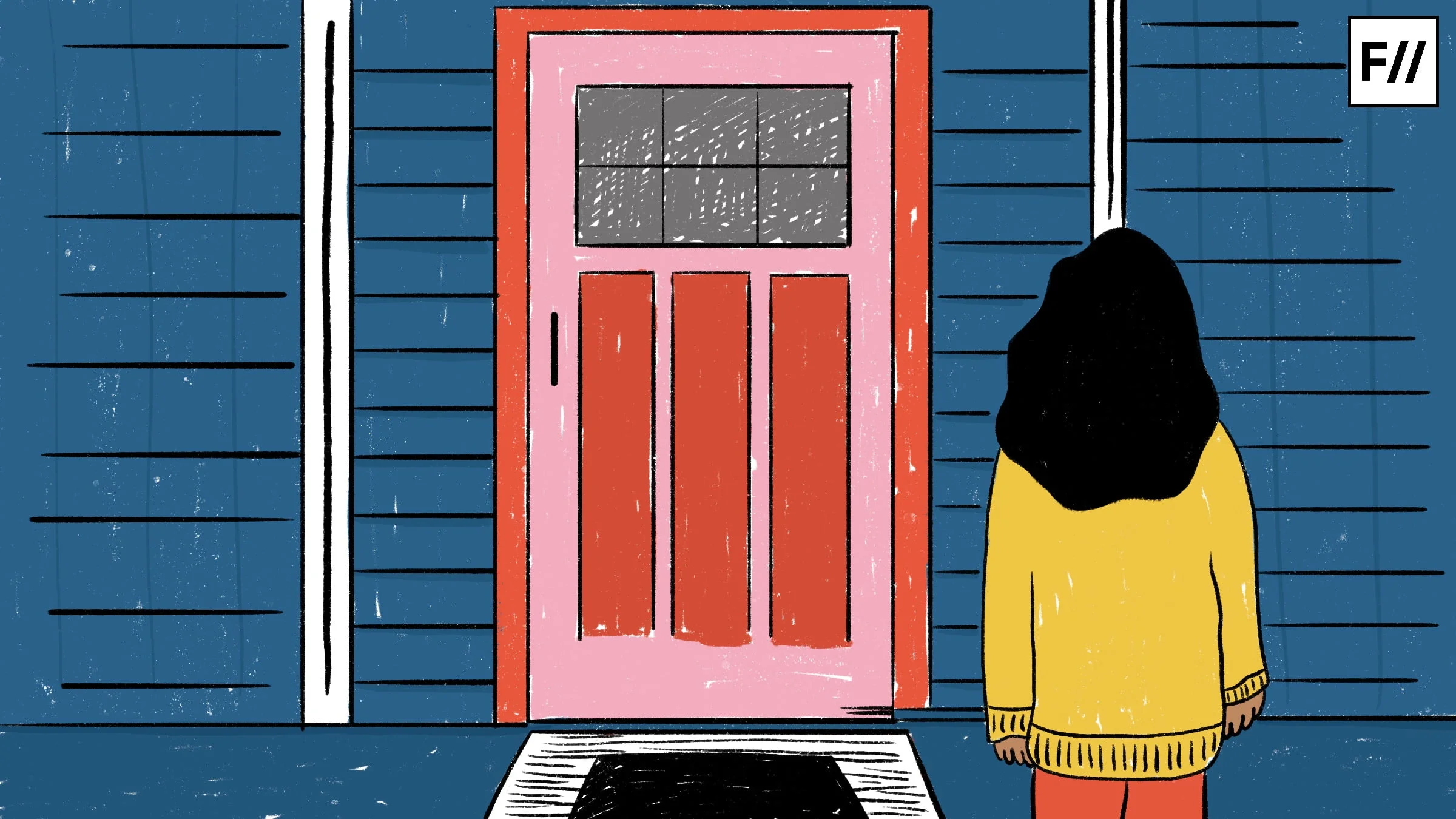
For instance, the figures of the National Family Health Survey 2015-16 found that the monthly per capita expenditure of SC/ST households was significantly lower than that of Upper caste households. ‘The dropout rates among school-going children are higher in some Dalit castes. The average life expectancy of a Dalit woman is 15 years less in comparison to Savarna women.‘ The move to collect data on caste categories can prove to be vital for effective policymaking, it might widen the reach of government welfare initiatives in a more coordinated manner.
Data on OBC communities might reveal parallels between Dalit and backward caste communities and show that these disparities are interconnected and their lived experiences are shared testimonies of exclusion.
Avoiding caste from public discourse is an erasure of backward castes
The Scheduled Castes and Other Backward Classes have long suffered the denial of representation and unequal access to resources even after the constitutional promise of undoing this historical wrong. For the advocates of a caste census, counting the numbers of those left behind socially would be the first step in the direction of enacting a social change. The Indian State after independence did not continue with the colonial exercise of caste data collection, as all censuses from 1951 to 2011 only asked for data on SC/ST categories, but not on other castes.
The Indian State after independence did not continue with the colonial exercise of caste data collection, as all censuses from 1951 to 2011 only asked for data on SC/ST categories, but not on other castes.
By overlooking the caste demography, the country’s political establishment (which is heavily upper caste dominated) has only helped maintain the status quo. Avoiding the caste enumeration only proved to be an exercise of erasure of backward castes from political landscape. Because by not discussing caste, the country was not seeing the disadvantages of caste structures for a large number of people.
The so-called principle of discouraging caste by not revealing it and not talking about its social impact favoured those benefiting from the caste privileges. This avoidance and erasure of caste through policymaking was, in effect, just another hideous form of caste-based seclusion. The disdain from a caste discourse did not lift one above from the discriminatory social reality; but on the contrary, it made us blind towards the absence and erasure of people of backward castes from our surroundings and social setups.
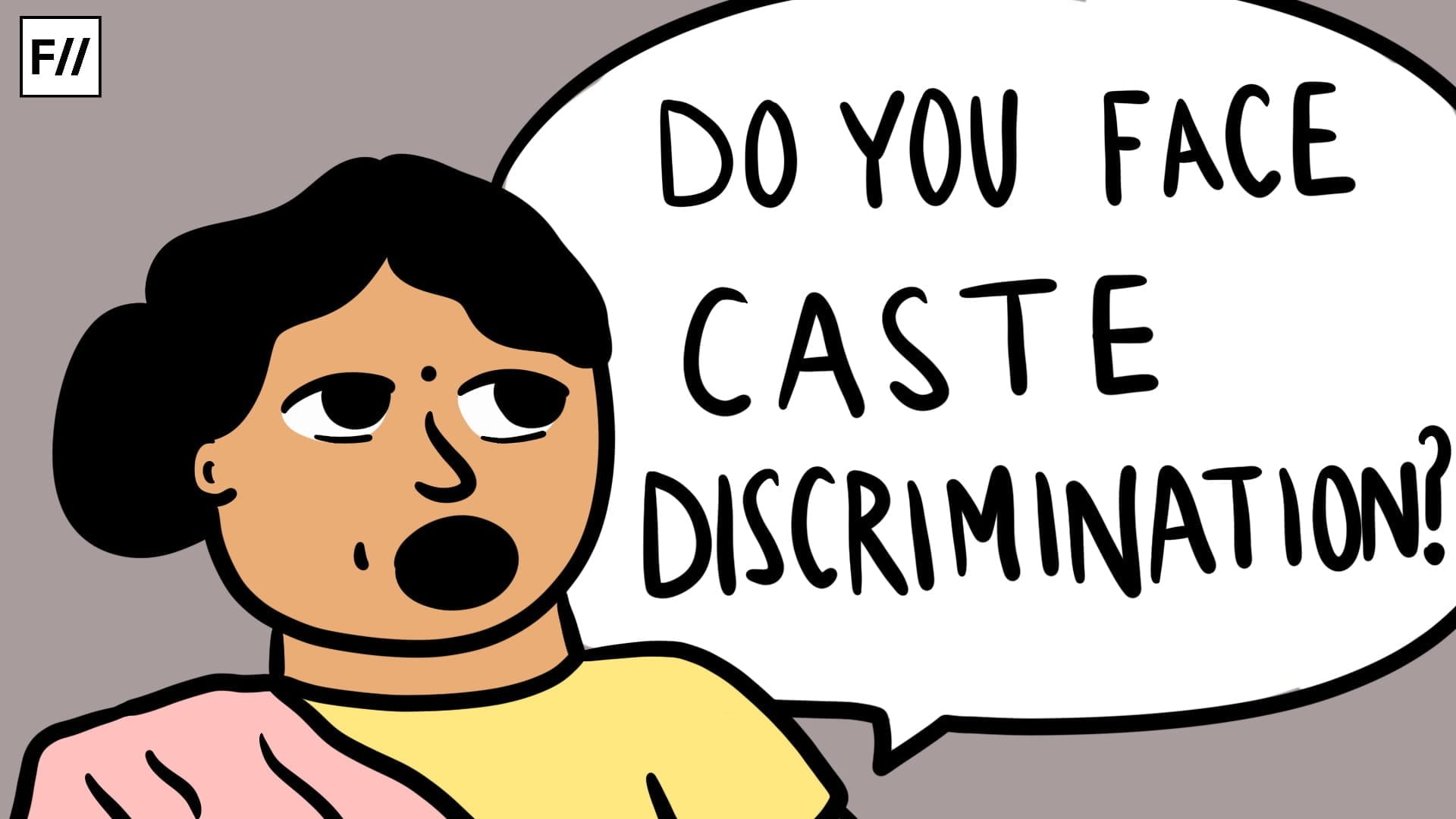
It just made the marginalised castes disappear. The BJP and Hindutva Right whose upper caste alignment is not a secret thing have long been the proponents of this caste dismissal principle.
The BJP’s sudden shift is not just a policy U-turn, it is an admission that the old formula of ignoring caste realities can no longer be sustained in the wake of changing ground realities. The party, that used to dismiss caste divisions under the rhetoric of “economic development” and “Hindu unity,” is now caught in the very web of social divisions it tried to brush under the carpet.
The move to include caste enumeration is not coming from a place of conviction but from the compulsion of political survival. By not discussing caste, the country in the past refused to see the disadvantages suffered by millions. The inclusion of caste enumeration finally can be a turning point in the long, unfinished business of India’s undoing of caste exclusion if the government aims at the upliftment of the backward castes not just in rhetoric and election speeches but in intentions and deeds. The current dispensation can make watershed changes if it rises above the petty electoral benefits and works for the empowerment of the backward.
